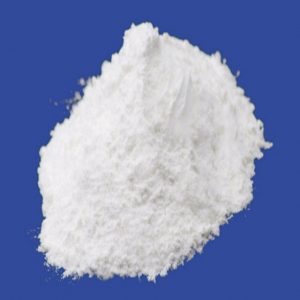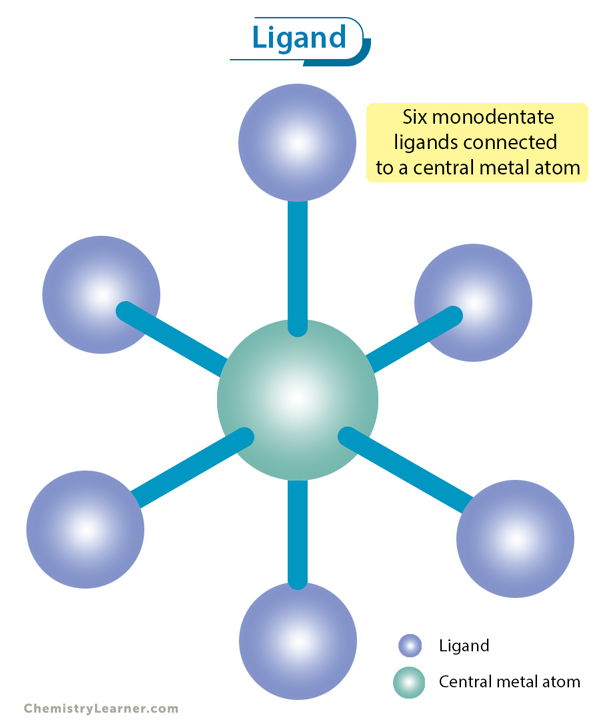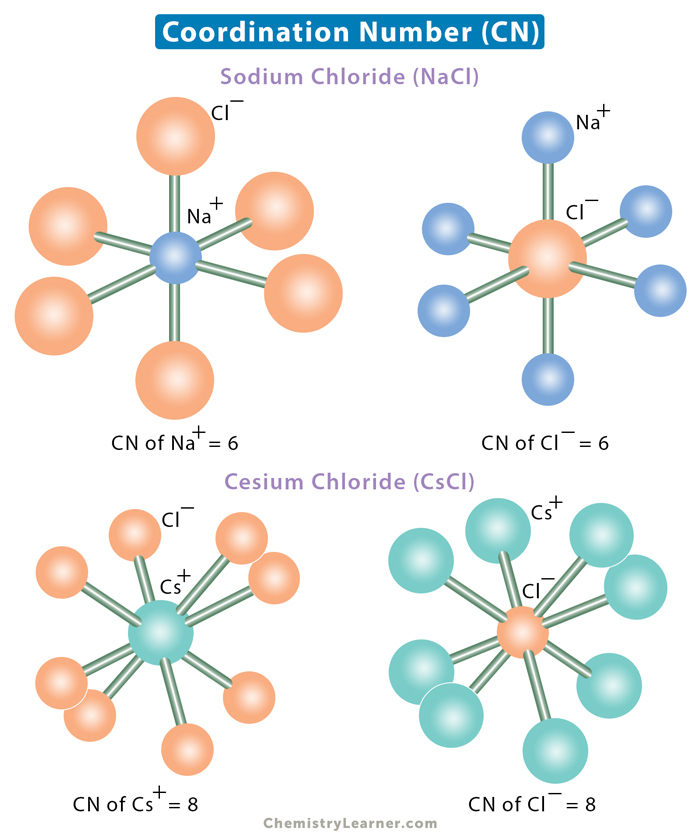Beryllium Oxide
Beryllium oxide, also known by its chemical name Beryllia and IUPAC name Oxoberyllium is an odorless inorganic compound represented by the formula BeO [1, 2]. It naturally occurs as a rare whitish mineral bromellite [1]. Being one of the most chemically stable oxides, BeO can resist liquid metal attack and carbon reduction at high temperatures [3].
How is Beryllium Oxide Prepared
Beryllium oxide can be made by calcining (heating at high temperatures in the presence of oxygen or air) beryllium carbonate [6]:
BeCO3 → BeO + CO2
Dehydrating beryllium hydroxide at 400 °C also produces the white powdery beryllium oxide [7]:
Be(OH) → BeO + HO
Powdered beryllium metal is burned in air to make a mixture of beryllium oxide and beryllium nitride [8]:
- 2Be + O2 → 2BeO
- 3Be + N2 → Be3N2
Properties and Characteristics of Beryllium Oxide
General Properties |
|
| Molar Mass/Molecular Weight | 25.011 g/mol [1] |
Physical Properties |
|
| Color and Appearance | White crystalline powder [1, 6] |
| Melting Point | 2507 °C, 4545 °F [6] |
| Boiling Point | 3900 °C, 7052 °F [6] |
| Density | 2.9 g cm-3 [6] |
| State of matter at room temperature (solid/liquid/gas) | Solid [1] |
| Solubility | Slowly soluble in alkali hydroxides and concentrated acids [2] |
| Solubility in Water | Insoluble (0.00002 g/100 mL) [2] |
| Thermal Conductivity (at room temperature) | 264 W/K.m [1] |
| Heat Capacity | 1050 J/kg.K [6] |
Chemical Properties |
|
| Acid or Base | Amphoteric compound (reacts both as an acid and a base) [9] |
Atomic Properties |
|
| Crystal Structure | Hexagonal wurtzite [1] |
What is it Used for
- Making high-technology ceramics, electrical insulators, electronic heat sinks, gyroscopes, rocket nozzle crucibles, and military armor vehicle because of its high stability [1].
- Constructing radomes, antennae, and windows in microwave devices since it is transparent to microwaves [1].
- Producing automotive ignition systems, high-density electrical circuits, radar electronic-countermeasure system, thermocouple tube, and laser structural components [1].
Beryllium Oxide Health Hazards and Poisoning
Beryllium oxide, in its powdered form, has carcinogenic properties and should be handled with extreme caution [1, 10]. It can cause severe poisoning if swallowed and inhaled [1]. Breathing beryllium oxide fumes may irritate the lungs, nose, and throat [10]. High exposure to BeO can cause cough, shortness of breath, pneumonia with fever, bronchitis, and cancer [1, 10]. Contact with beryllium oxide dust can cause irritation of skin and inflammation of eyes [1]. Symptoms of beryllium disease include fatigue, anorexia, and a dramatic weight loss [1].
- References
- Beryllium Oxide (Compound) – Pubchem.ncbi.nlm.nih.gov
- Beryllium Oxide – Chemspider.com
- Beryllium Oxide – Americanberyllia.com
- Beryllium Oxide – Americanelements.com
- CHEBI:62842 – beryllium oxide – Ebi.ac.uk
- Beryllium Carbonate – Americanelements.com
- Beryllium Hydroxide – Revolvy.com
- Beryllium: reaction of elements – Webelements.com
- Amphoteric Behavior – Chem.libretexts.org
- Hazardous Substance Fact Sheet – Beryllium Oxide – Nj.gov







